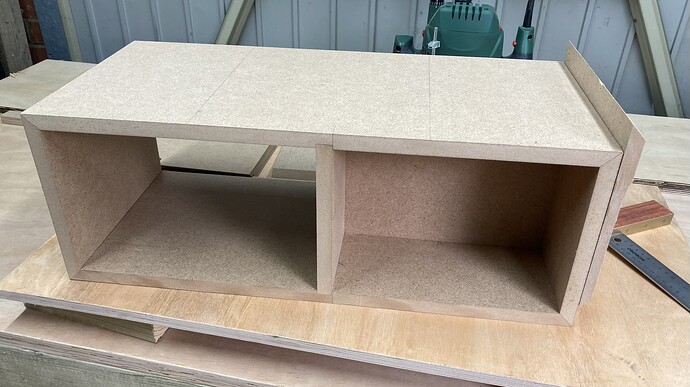So this is very long overdue…
I had considered building some speakers since buying my amp and streamer but it was this topic started by @Mark84 that really inspired me to look into it more seriously.
I had seen the Troels Gravesen site before but hadn’t read it in depth, maybe a little put off by the rather old style of the site! However, even if you’re not considering building speakers I highly recommend you take a look, it’s really interesting to read about the process, what worked, what didn’t and why things are done in certain ways. There’s a lot of knowledge on there.
The other thing I was a bit hesitant about was whether they’d be any good. Then I read how long he’d been designing and building speakers, along with the fact that ScanSpeak use his designs to showcase their top end Ellipticor drivers in their showroom and at HiFi shows and also link to his designs on their driver spec pages, well that’s a pretty good endorsement to say the least!
So then the question was which ones to build? There’s a massive spread of designs there, from compact two ways to gigantic multi driver speakers that would probably bring my house down!
After reading through a lot of the designs I decided on the CNO Grande. It caught my eye because it’s a full three way (ingrained from the late seventies most likely!), four driver design in a slim tower like my current speakers. It uses the Seas Excel drivers and his description of their sound was the deciding factor!
Of course the other question was whether I could actually build them! I’ve not done woodwork since school. I’ve never soldered electronics … unless model railways when I was a kid counts  so the crossovers were a concern too!
so the crossovers were a concern too!
At least I could try building the cabinets before buying the kit (the plans are on the site), and I needed a project to get me on my feet more!
TBC…
Mark

















 confusing on the names!
confusing on the names!















